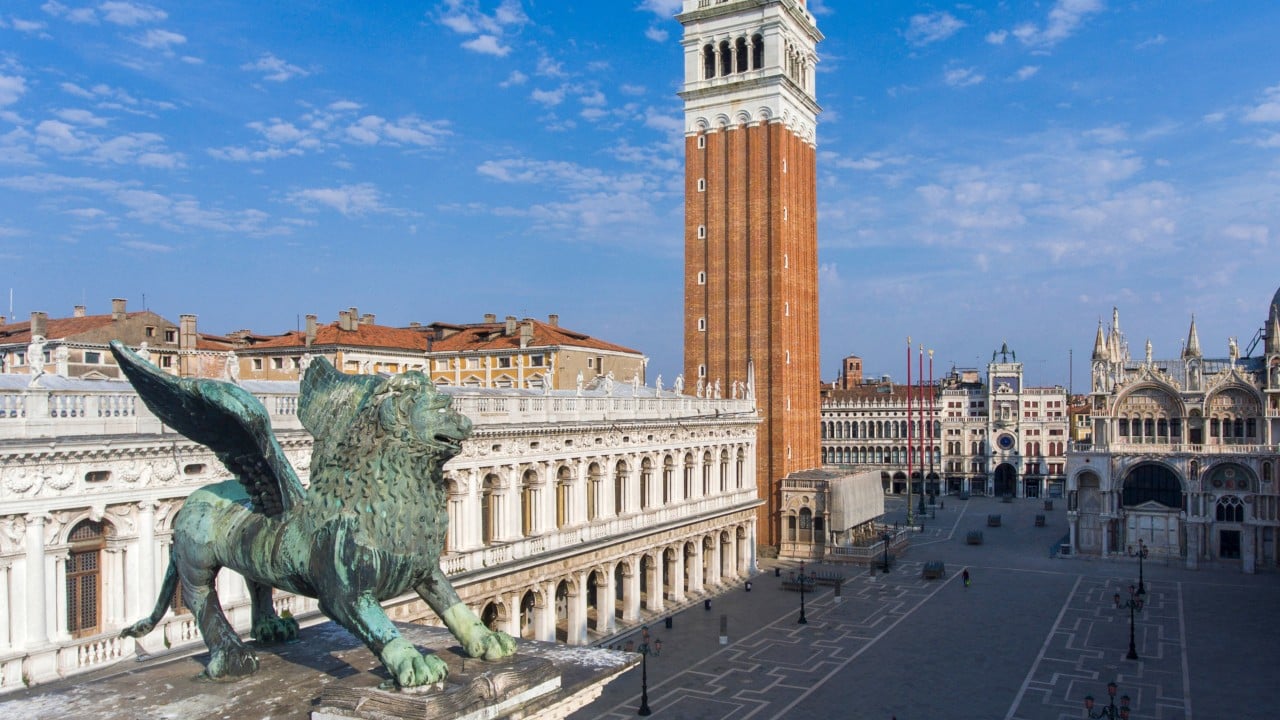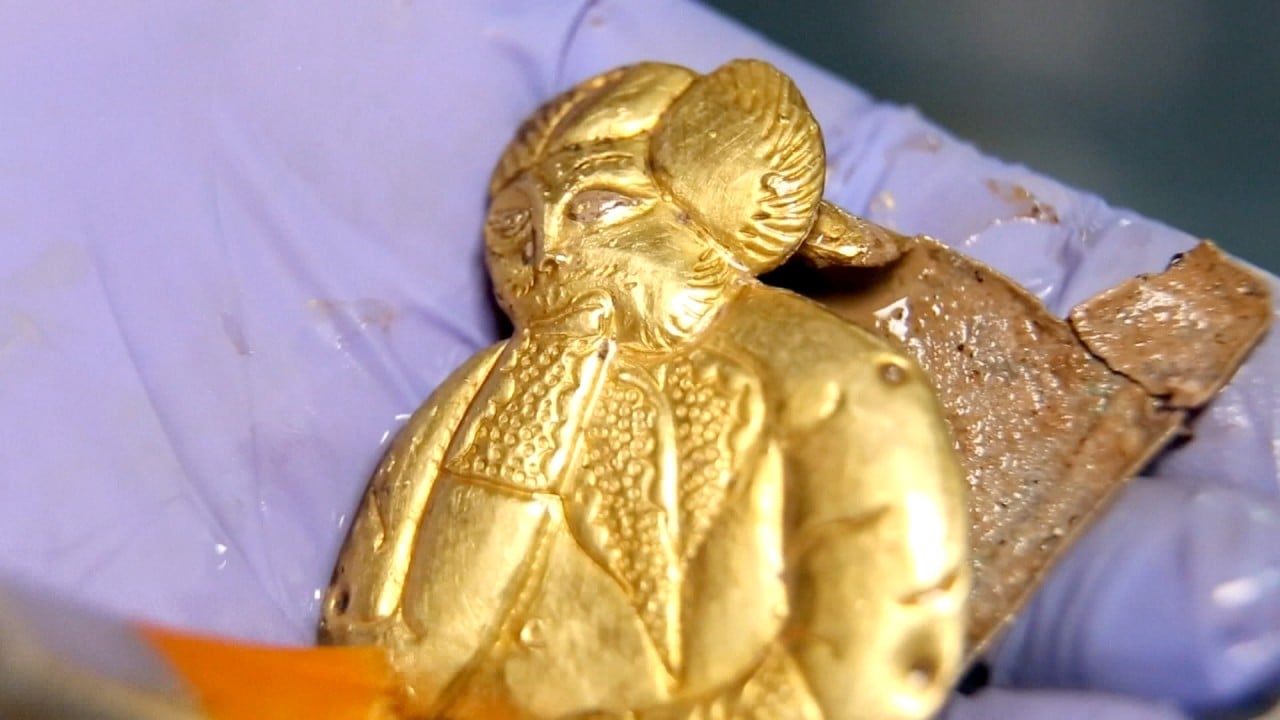One of Venice’s most iconic symbols – the majestic winged Lion of St Mark – has its origins not in Europe but in ancient China, according to a new study by Italian researchers.
Advertisement
However, some scholars in China are disputing the researchers’ theory that the celebrated bronze figure in Venice’s St Mark’s Square may have begun its life more than 1,000 years ago as a Tang dynasty tomb guardian, before being transported across continents and transformed into a symbol of Venetian power.
Analysis by the Italian team published in the journal Antiquity last month combines stylistic comparisons with lead isotope testing to argue that the 2.8-tonne statue was originally a monumental Chinese bronze that was later altered beyond recognition.
The researchers pointed to striking similarities between the lion’s features – its bulbous nose, gnashing teeth and distinctive ear structure – and the zhenmushou, mythical beasts buried as tomb guardians alongside nobles during China’s Tang dynasty (618–907).
They said chemical analysis of lead isotopes indicated the copper used in the casting matched ore sources from the Lower Yangtze River basin and further supported their claim.
But how might such a heavy object have made its way from China to medieval Venice?
Advertisement
The researchers proposed a tantalising possibility: that it was the work of Niccolò and Maffeo Polo, father and uncle of the famed explorer Marco Polo.


